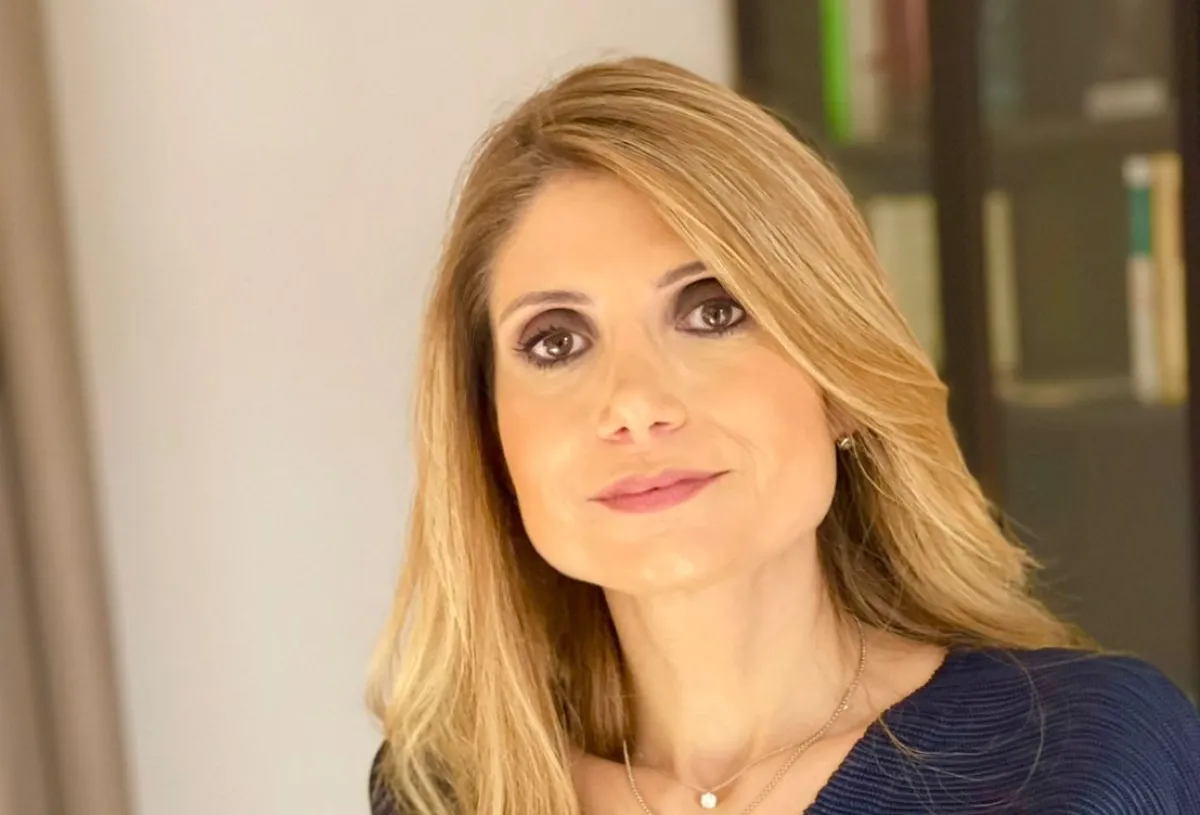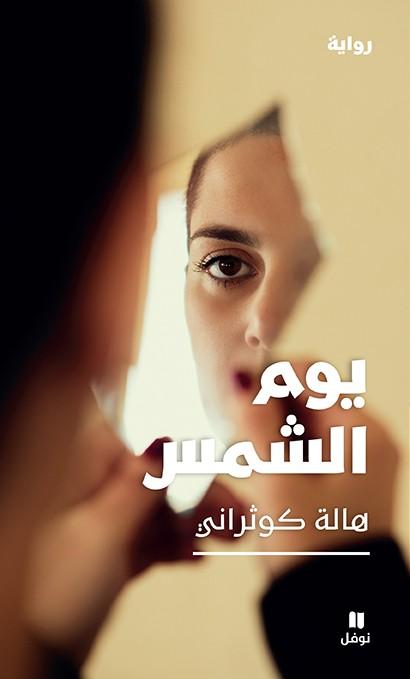The Day of the Sun

Hala Kawsarani’s novel Yawm Ashams (The Day of the Sun) has been hailed by Arab critics as an avant-garde work for its interesting themes, interwoven in a creative style with the use of Arabic calligraphy. The language is precise, yet artistic and poetic. Its artistic, cultural, social and political dimensions do not detract from the overall structure of the novel, which is mainly concerned with a contrapuntal reading of Lebanese society in two different periods: the most difficult years of the civil war and the post-war period.
Prominent Arab poet, novelist and critic Abbas Baydoun praised the novel’s creative use of Arabic calligraphy: "The deep immersion in the art of Arabic calligraphy is based on archival and cultural research, and this is relatively new in the Arabic novel genre".
 Hachette Antoine
Hachette AntoineHala Kawsarani | Yawn Ashams | Hachette Antoine | 240 pages
I deal with everything coldly, with the ugliness of the city that is renewed every day, with the traffic on streets I was late in discovering because I was forbidden to go out alone. I went to language, to its real and imaginary worlds, to art, where scenes of life are transformed into squares, circles and triangles. As a child, I used to search for letters on signs, walls and shop windows. I would open the car window and stick my head out, smiling as I studied their geometric lines. I remember marvelling at the shapes of the letters. I hated the journey from home to school, but the few times I would go out with my aunt to buy clothes, shoes or food, I would sit in her car in the back seat and enjoy reading the shop signs on the streets we passed. When we returned home, I mainly drew Arabic lettering, as most of the signs in Beirut are written in letters based on the Latin alphabet. I drew the "s" as small waves, the "s" in the sign for Bustrus Pharmacy, the rounded "d" in the sign for Aldar, an upholstery shop, and the rectangular "l" in the sign for Al-Lail restaurant. Later, I was fascinated by the letters on film posters, but the cinema was absent from my childhood, an absence that made the world colorless. The most important cinemas had closed during the civil war. I had to wait for them to return to life and for my liberation from the authority of my father and aunt, to enter a cinema for the first time – I was nineteen then!
The world is in constant motion, and I struggle to stay where I am. Because I lived alone, I look for my mother inside me. I proved that I could live a full life in our apartment. I would visualise the paintings before I painted them, the letters would rain down on me in urgent visions. I go out to the world when my imagination runs dry. I use delirium to bring my inner self out onto the canvas. I don’t seek to create what I haven’t lived, what I haven’t experienced, what isn’t part of who I am. I’m not the womb. I am not the inexhaustible tenderness. I hated the motherhood that I was told my mother didn’t appreciate and didn’t feel. How do we feel motherhood? There are some really stupid phrases, and this is one of them.
I live among papers, cardboard, pieces of wood and fabrics: Linen, silk, cotton and muslin, fabrics that serve my work. I don’t use most of them, but I dream of using them. I visualise the whole work, my fingers rush to touch the canvas, feel it warm and then feel a needle prick that makes me eager to play with the tools, just play.
I found my freedom in painting, in the encounter of abstraction with the letters that raised me, letters that are an inheritance and a future. I experiment with colours, I play with them, I drown the brush in watercolour and run it over a sieve, as Paul Klee used to do to distribute the color particles. Grey is my colour, light and dark, transparent layers of colour, layer upon layer from light to dark. To draw the letters, I use different sized rods to determine their thickness, communicating with the pen, the ink and the surface. I elongate, extend, interlock, compose, encircle. I draw, write, re-draw and re-write, repeating the exercises until the letters become part of me.
Among the things my mother left me was a paper polishing tool, metal pigments that I have yet to throw away, a stirring stick and different pens for each part of the calligraphy. My mother would burn linseed for hours and mix it with gum arabic and water. She would colour the paper with tea or onion peel, coat it with layers of egg white and one layer of starch and store it for a year before using it. These details I learnt from a few interviews with her and newspaper clippings that her husband gave me after her death. That day, he gave me some of my mother’s tools and a notebook on which she had made last experiments in drawing letters. Then he disappeared.
My relationship with Arabic letters is devoid of any sense of awe and reverence that comes with their sacredness. It was not a search for a spiritual relationship with them, but rather a search for my mother, for an unknown that I felt was a part of me but did not know. I turned to letters because I knew that my mother, who had left me but whom I couldn’t leave, was fond of them and with calligraphy. I did not resort to calligraphy because it is "the geometry of the soul", as they say, I did not seek to engineer my destroyed soul, freeing me from classical techniques to art as a limitless sky. But I respected the influence of calligraphy, not as a design for writing or a "second order of linguistic signification" as the great Ibn Khaldun said, but for the harmony and serenity that I lacked in my life and found in it, and for the dramatic effect it can have on me. I love Kufi, which always looks modern, and I look for harmony in the geometric shapes of its letters, and the Andalusian, which is curved, soft and flowing. I cling to the roundness of the nun, the waw, the ba‘, the lam and the ra‘. My bamboo pens resemble me, hard and dry. In my hands are maps of wounds, engraved by the knife I use to sharpen the pens. Hard and dry, but easily broken.
I learnt patience and balance from the letters, I learnt ambiguity and not to spill my anger as quickly as I did as a child. I had found myself. I finally felt at home, and that life could be smooth, natural and gentle. I had forgotten. Yes, it is true that my father is "in my face" most of the time, and his forgetfulness of the past and present reminds me of my life in the past and present, but a strange peace had settled over me. I had never known inner peace before. I had immunised myself against my inner wars. And now I will not react or evoke what will take me back to the pre-peace stage, there, inside.
(...)



